2,3-Dibromo-1-propanol
- CAS NO.:96-13-9
- Empirical Formula: C3H6Br2O
- Molecular Weight: 217.89
- MDL number: MFCD00004699
- EINECS: 202-480-9
- SAFETY DATA SHEET (SDS)
- Update Date: 2025-11-18 17:49:23

What is 2,3-Dibromo-1-propanol ?
Chemical properties
clear colorless liquid
Chemical properties
2,3-Dibromo-1-propanol is a clear, colorless to slightly yellow thick liquid.
The Uses of 2,3-Dibromo-1-propanol
2,3-Dibromo-1-propanol is a metabolite of the flame retardant tris(2,3-dibromopropyl) phosphate (T775560), previously shown to be a mutagen and carcinogen in experimental animals.
The Uses of 2,3-Dibromo-1-propanol
The major use of 2,3-dibromo-1-propanol is as an intermediate in the production of flame retardants, insecticides, and pharmaceuticals, and the chemical itself has been used as a flame retardant. 2,3-Dibromo-1-propanol was used in the production of tris(2,3-dibromopropyl) phosphate, a flame retardant used in children’s clothing and other products (HSDB 2009). Tris(2,3-dibromopropyl) phosphate was banned from use in sleepwear in 1977 by the Consumer Product Safety Commission after studies showed that it causedcancer in experimental animals (NTP 1993, HSDB 2009).
The Uses of 2,3-Dibromo-1-propanol
Synthetic building block, fire-proofing agent, and carcinogen.
Synthesis Reference(s)
The Journal of Organic Chemistry, 30, p. 587, 1965 DOI: 10.1021/jo01013a069
General Description
Clear colorless to slightly yellow viscous liquid.
Air & Water Reactions
Water soluble.
Reactivity Profile
2,3-Dibromo-1-propanol is incompatible with strong oxidizers.
Fire Hazard
2,3-Dibromo-1-propanol is probably combustible.
Potential Exposure
Chemical intermediate used to pro- duce insecticides, pharmaceuticals, and flame retardants.
Carcinogenicity
2,3-Dibromo-1-propanol is reasonably anticipated to be a human carcinogen based on sufficient evidence of carcinogenicity from studies in experimental animals.
Shipping
UN2810 Toxic liquids, organic, n.o.s., Hazard Class: 6.1; Labels: 6.1-Poisonous materials, Technical Name Required.
Incompatibilities
Incompatible with oxidizers (chlorates, nitrates, peroxides, permanganates, perchlorates, chlorine, bromine, fluorine, etc.); contact may cause fires or explo- sions. Keep away from alkaline materials, strong bases, strong acids, oxoacids, and epoxides.
Waste Disposal
Use a licensed professional waste disposal service to dispose of this material. Dissolve or mix the material with a combustible solvent and burn in a chemical incinerator equipped with an afterburner and scrubber. All federal, state, and local environmental regulations must be observed.
Properties of 2,3-Dibromo-1-propanol
| Melting point: | 9 °C |
| Boiling point: | 95-97 °C/10 mmHg (lit.) |
| Density | 2.12 g/mL at 25 °C (lit.) |
| refractive index | n |
| Flash point: | >230 °F |
| storage temp. | Keep in dark place,Inert atmosphere,Room temperature |
| form | clear liquid |
| pka | 13.69±0.10(Predicted) |
| color | Colorless to Light yellow |
| Water Solubility | 5-10 g/100 mL at 20 ºC |
| BRN | 1719127 |
| CAS DataBase Reference | 96-13-9(CAS DataBase Reference) |
| IARC | 2B (Vol. 77) 2000 |
| NIST Chemistry Reference | 1-Propanol, 2,3-dibromo-(96-13-9) |
| EPA Substance Registry System | 2,3-Dibromopropanol (96-13-9) |
Safety information for 2,3-Dibromo-1-propanol
| Signal word | Danger |
| Pictogram(s) |
 Skull and Crossbones Acute Toxicity GHS06  Health Hazard GHS08 |
| GHS Hazard Statements |
H311:Acute toxicity,dermal H350:Carcinogenicity H412:Hazardous to the aquatic environment, long-term hazard |
| Precautionary Statement Codes |
P273:Avoid release to the environment. P280:Wear protective gloves/protective clothing/eye protection/face protection. P301+P312:IF SWALLOWED: call a POISON CENTER or doctor/physician IF you feel unwell. P308+P313:IF exposed or concerned: Get medical advice/attention. |
Computed Descriptors for 2,3-Dibromo-1-propanol
2,3-Dibromo-1-propanol manufacturer
New Products
Indole Methyl Resin tert-butyl 9-methoxy-3-azaspiro[5.5]undecane-3-carboxylate Boc-His(Boc)-OH 2-CTC Resin 4-Chloro-7-tosy1-7Hpyrrolo[2,3-d]pyrimidine 5,7-Dibromo-1H-indole 2,5-dichloro-N-hydroxy-4,6-dimethylpyridine-3-carboximidamide 2,2-Dimethoxy-7-azaspiro[3.5]nonane hydrochloride 4-chloromethyl-5-methyl-1,3-dioxol-2-one (DMDO-Cl) R-2-BENZYLOXY PROPIONIC ACID 1,1’-CARBONYLDIIMIDAZOLE 1,1’-CARBONYLDI (1,2-4 TRIAZOLE) N-METHYL INDAZOLE-3-CARBOXYLIC ACID 4-((2-hydroxyethyl)thio)benzoic acid 1-(TERT-BUTOXYCARBONYL)-2-PYRROLIDINONE Methyl 6-methylnicotinate 3-Pyridineacrylic acid tert-Butyl carbazate TETRAHYDRO-2H-PYRAN-3-OL 2-((4-morpholinophenylamino) (methylthio) methylene) malononitrile 3-(4-morpholinophenylamino)-5-amino-1H-pyrazole-4-carbonitrile 2,4-dihydroxybenzaldehyde 1,3-Diethyl-1,3-Diphenylurea Methyl 2-methylquinoline-6-carboxylateRelated products of tetrahydrofuran

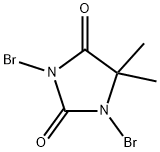

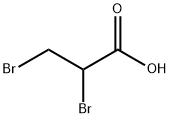

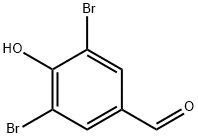

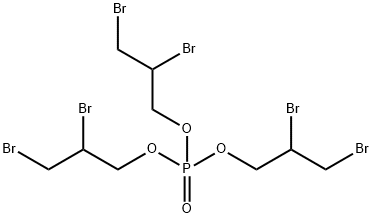
You may like
-
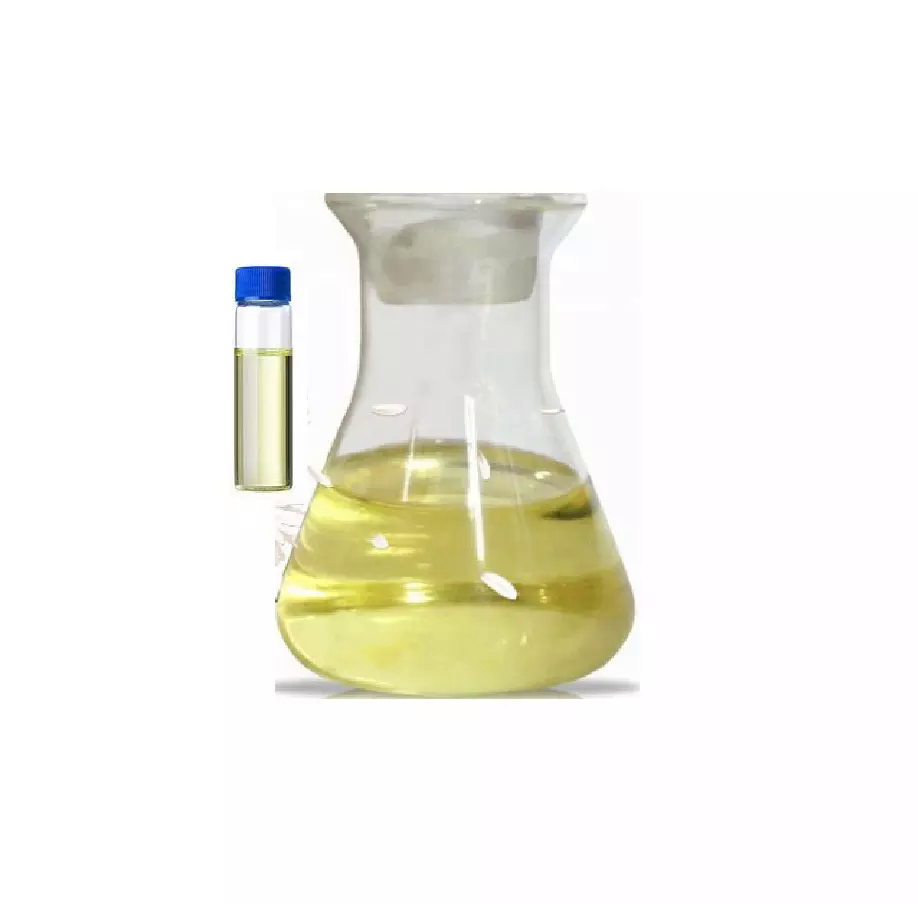 96-13-9 98%View Details
96-13-9 98%View Details
96-13-9 -
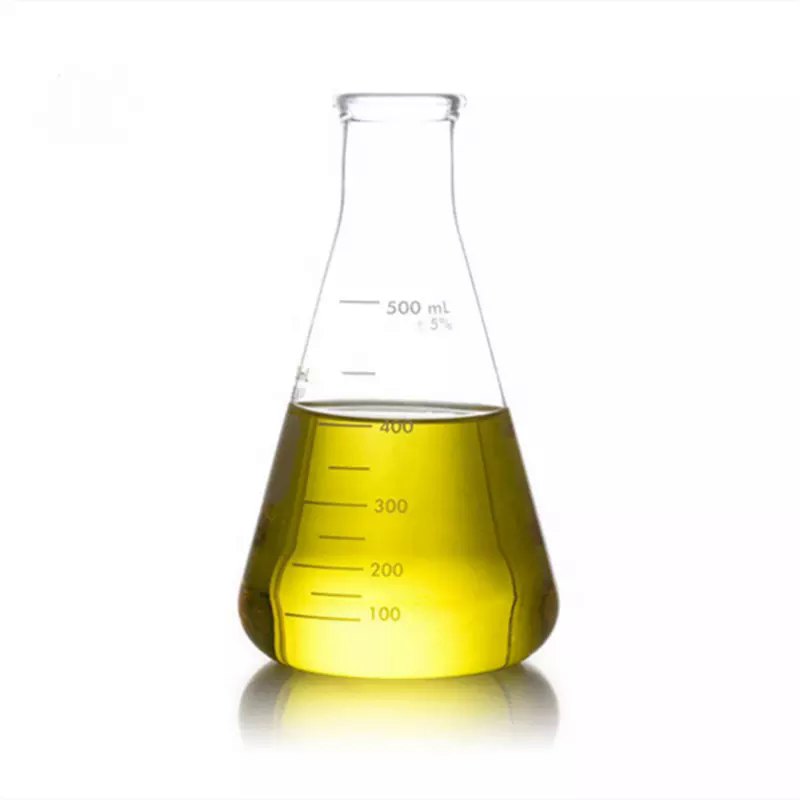 2,3-Dibromo-1-Propanol 99%View Details
2,3-Dibromo-1-Propanol 99%View Details
96-13-9 -
 2,3-Dibromo-1-Propanol 96-13-9 98%View Details
2,3-Dibromo-1-Propanol 96-13-9 98%View Details
96-13-9 -
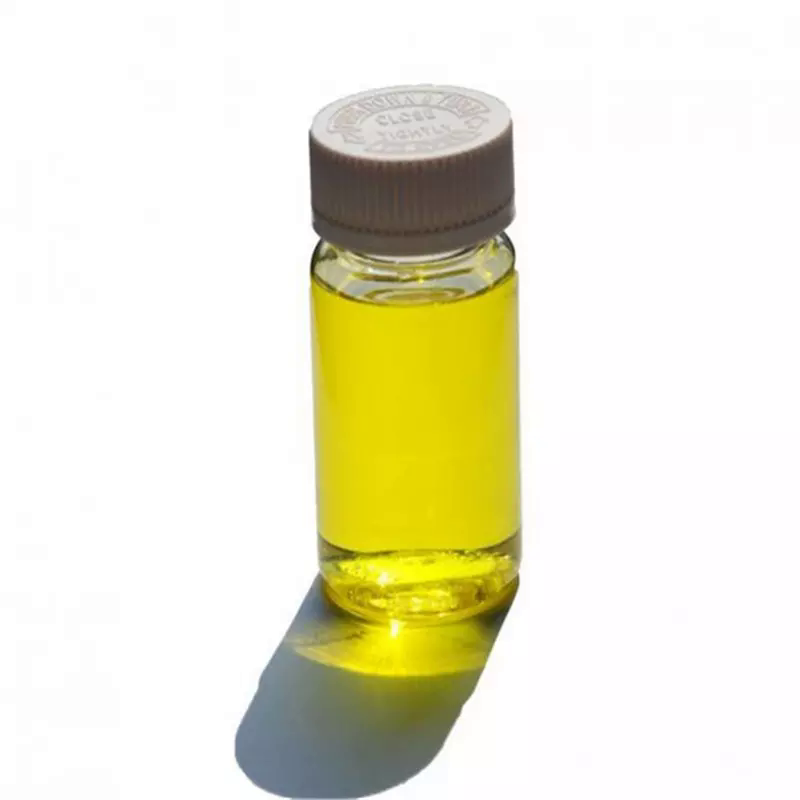 96-13-9 2,3-Dibromo-1-propanol 99%View Details
96-13-9 2,3-Dibromo-1-propanol 99%View Details
96-13-9 -
 96-13-9 99%View Details
96-13-9 99%View Details
96-13-9 -
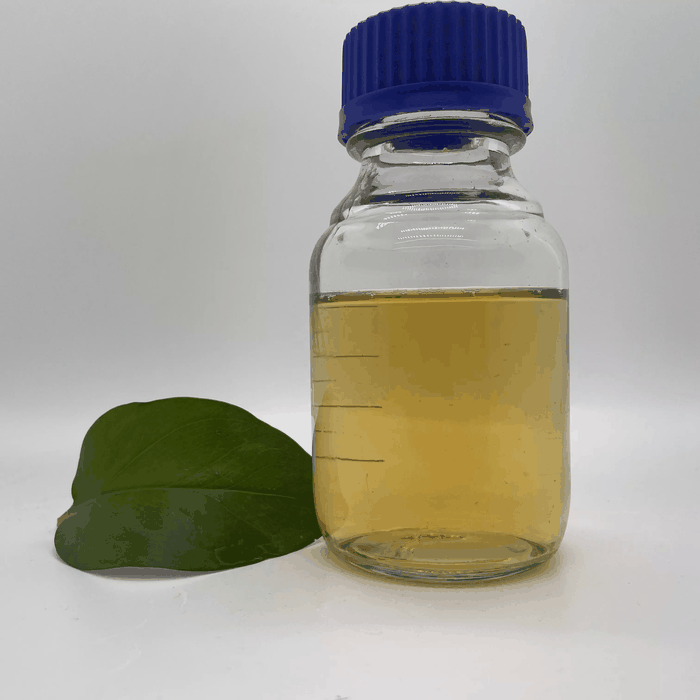 2,3-Dibromopropanol 98%View Details
2,3-Dibromopropanol 98%View Details
96-13-9 -
 2,3-Dibromo-1-propanol CAS 96-13-9View Details
2,3-Dibromo-1-propanol CAS 96-13-9View Details
96-13-9 -
 96-13-9 99.0%View Details
96-13-9 99.0%View Details
96-13-9
